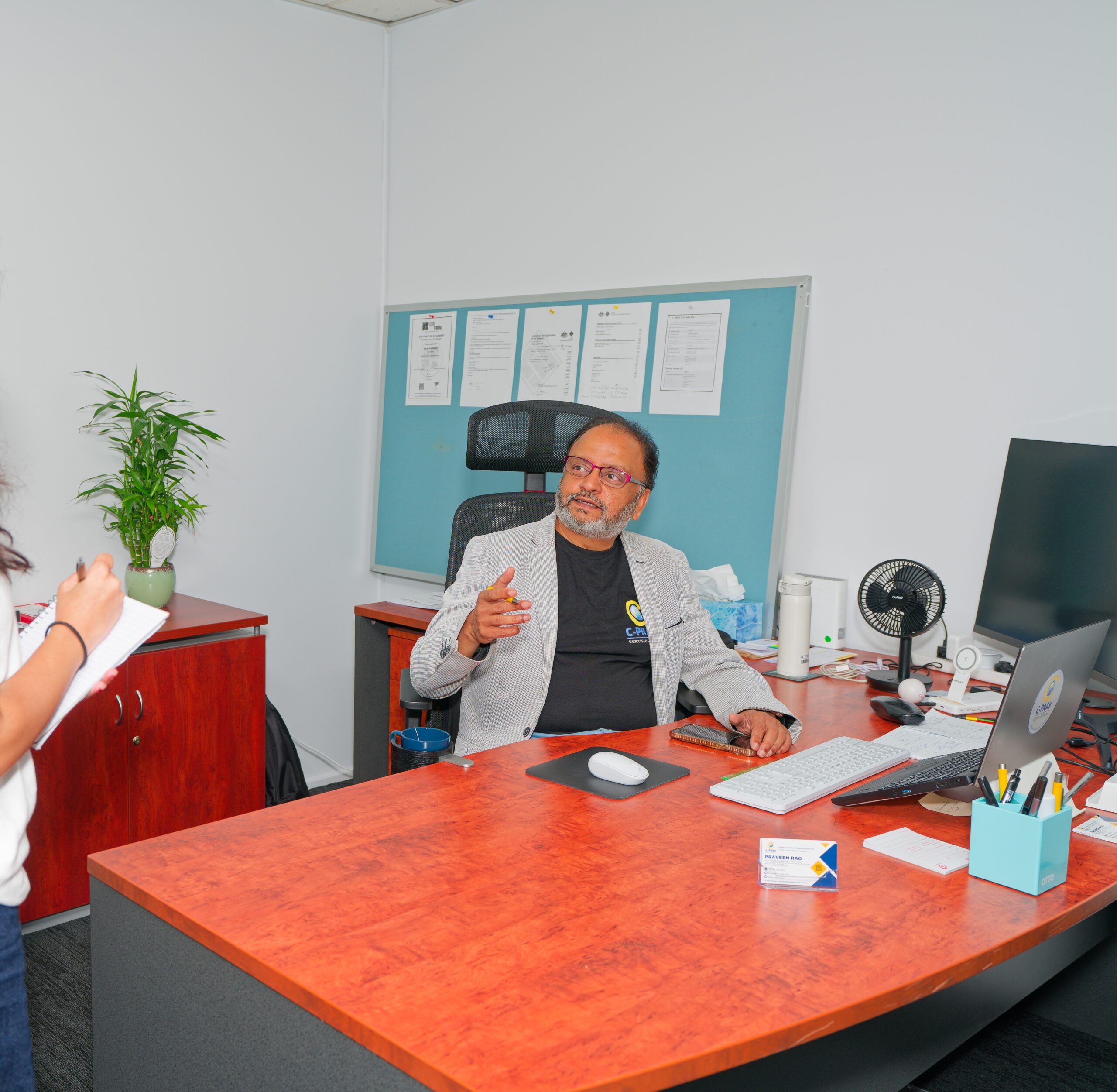Anatel has introduced a significant regulatory update with the release of Act No. 14158/2025, reshaping Brazil’s technical framework for radio frequency equipment. The updated rule aligns national requirements with leading global benchmarks, including ETSI and FCC standards, enhancing support for emerging wireless technologies such as Wi-Fi 6E, Wi-Fi 7, and next-generation radar systems.
Key Regulatory Changes
Revised Technical Criteria for RF Equipment
Act No. 14158/2025 replaces and expands the scope of Act No. 14448/2017, introducing new testing procedures, clearer emission limits, and updated spectrum parameters for a wide range of wireless applications.
Wireless Microphones:
Implementation of ETSI EN 300 422-1 V2.2.1 brings updated output power restrictions and improved rules for digital multichannel microphone systems.
Automotive & Aviation Radar:
The regulation broadens radar classifications for ground and airborne systems, incorporating guidelines previously defined in Acts 4776/2020 and 14448/2017.
Wi-Fi / RLAN Technologies:
Adjustments in the 5 GHz and 6 GHz bands authorize outdoor operation, revise power density thresholds, and align test procedures with FCC KDB 789033.
mmWave & Ultra-High-Frequency Equipment:
New specifications now apply to devices operating above 57 GHz, including drone-mounted and automotive systems, along with updated criteria for links surpassing 100 GHz.
In addition, Anatel establishes consistent spurious emission requirements and introduces tighter limits for digital modulation behavior and power control functions, promoting more efficient and harmonized spectrum usage.
Impact on Product Certification and Market Entry
Devices approved under Act No. 14448/2017 may continue using their existing certificates until April 6, 2026. After that deadline, both renewals and new approvals must follow the revised ETSI- and FCC-aligned criteria. This transition ensures that equipment entering the Brazilian market adheres to internationally recognized performance and safety norms.
Why This Matters for Manufacturers
The updated regulation creates a clearer and more predictable certification pathway for innovative RF products. By aligning Brazil’s rules with major global standards, manufacturers gain a more streamlined route to compliance, reducing duplicated testing and minimizing design changes for international models.
Companies planning upcoming product releases should begin adapting to these requirements now to avoid certification delays.
If you need guidance on navigating these regulatory changes, our Product Certification Service can support your compliance planning for the Brazilian wireless market.

